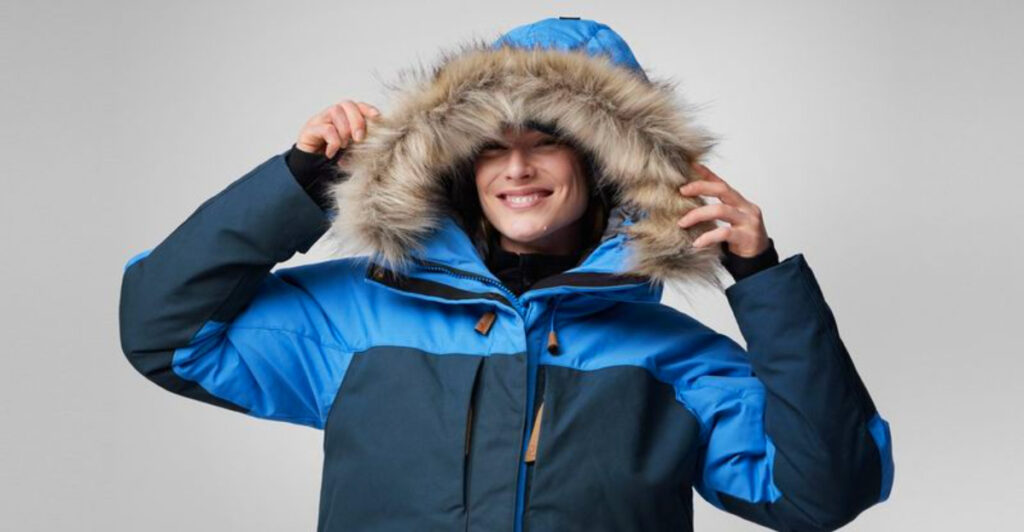Venturing into the Arctic wilderness demands specialized equipment that can handle extreme conditions. Temperatures plummeting to -40°F, howling winds, and vast snow-covered landscapes create challenges that ordinary hiking gear simply can’t handle. Preparing with the right gear isn’t just about comfort—it’s about survival in one of Earth’s most breathtaking but unforgiving environments.
Expedition-Grade Insulated Boots
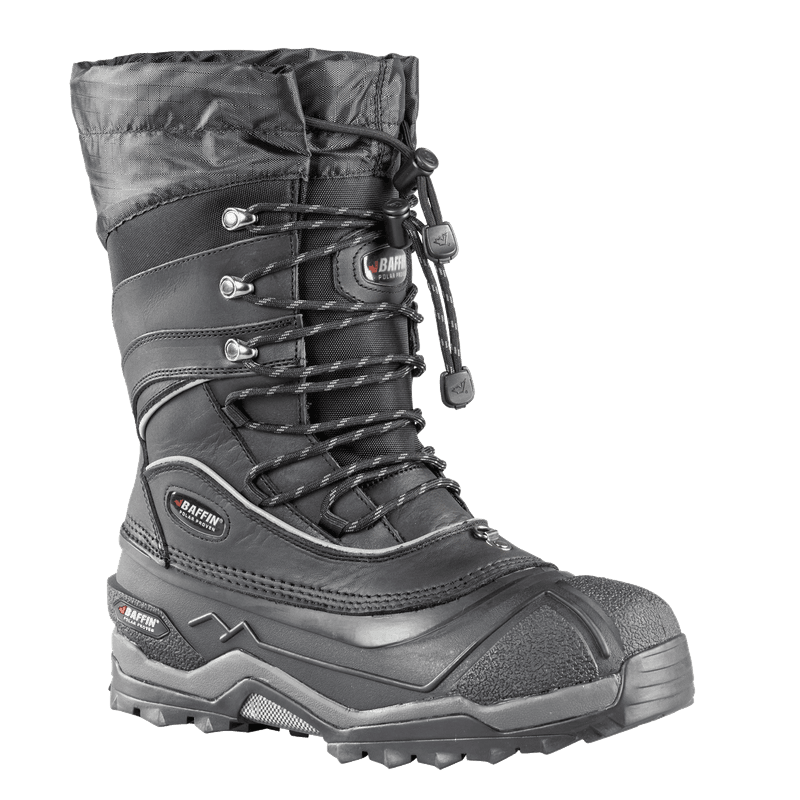
Your feet are your most vulnerable extremities in sub-zero temperatures. Military-style bunny boots or mountaineering footwear rated for -40°F conditions provide crucial protection against frostbite and hypothermia.
Look for removable liners you can dry overnight and thick rubber outsoles with aggressive tread patterns. The best models feature moisture-wicking inner layers and multiple insulation zones to maintain circulation.
Remember to size up slightly to accommodate thick socks without restricting blood flow—tight boots are a fast track to cold injuries in Arctic environments.
Merino Wool Base Layers

The foundation of Arctic warmth begins against your skin. Premium merino wool base layers regulate body temperature while wicking moisture away—a combination that synthetic materials struggle to match in extreme cold.
Unlike cotton (which becomes dangerous when wet), merino retains 80% of its insulating properties even when damp from sweat. The natural fibers also resist odor during multi-day treks when washing isn’t possible.
Invest in heavyweight options (250+ gsm) with flatlock seams to prevent chafing during long-distance movement across frozen landscapes.
Polarized Snow Goggles
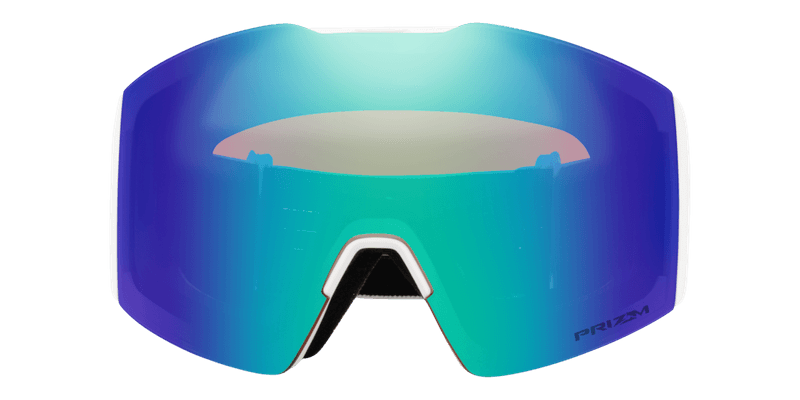
Arctic snow reflects up to 95% of UV radiation—more than tropical beaches! Without proper eye protection, snow blindness can develop within hours, ending your adventure painfully.
Premium snow goggles with polarized lenses cut glare while maintaining crucial depth perception on varied terrain. The wraparound design prevents wind from reaching your eyes and stops moisture from freezing on your eyelashes.
Look for models with anti-fog coatings and ventilation systems that prevent condensation when transitioning between exertion and rest periods.
Down-Filled Expedition Parka
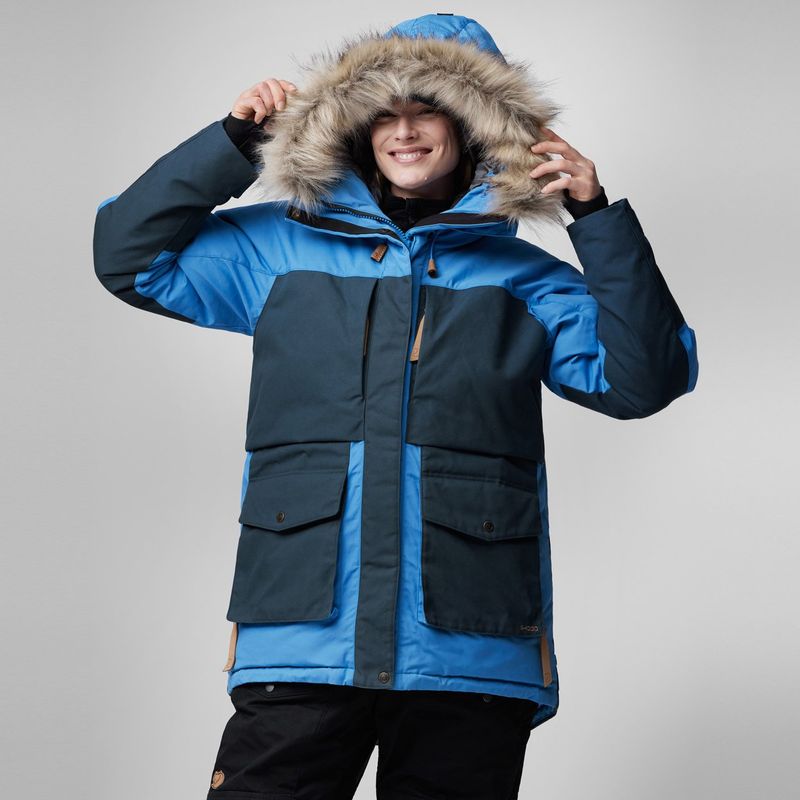
The centerpiece of Arctic survival hangs on your shoulders. A proper expedition parka features 800+ fill power down insulation wrapped in windproof, water-resistant outer shells tested in polar conditions.
Critical features include a fur-lined (or synthetic equivalent) hood that creates a microclimate around your face, protecting exposed skin from frostbite. Reinforced elbows and shoulders prevent wear from backpack straps.
Multiple interior and exterior pockets keep essentials accessible without exposing your core warmth to the elements during retrieval.
Layered Glove System

Frozen fingers can’t operate zippers, stoves, or navigation tools—making proper hand protection non-negotiable. A three-part system offers maximum versatility: thin liner gloves for dexterity, insulated middle layers for warmth, and waterproof mittens as the outer shield.
The mittens should feature extended gauntlet-style cuffs that seal over jacket sleeves, preventing snow entry during falls or deep powder hiking. Some expedition models include small pockets for hand warmers near critical circulation points.
Always carry backup pairs—wet gloves can freeze solid in minutes at Arctic temperatures.
Four-Season Mountaineering Tent
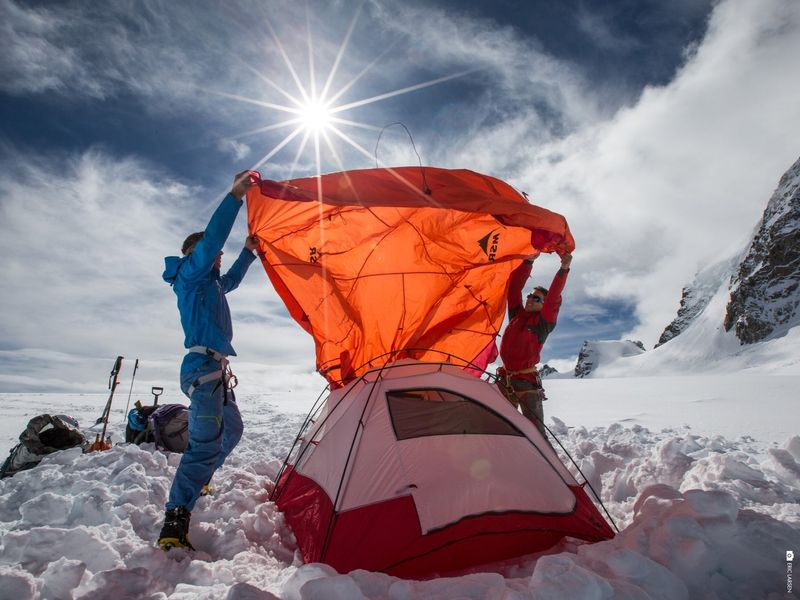
Standard three-season shelters collapse under Arctic snow loads and shred in polar winds. Proper mountaineering tents feature reinforced pole structures, minimal mesh panels, and robust snow flaps around the base.
Look for models with two layers: an inner tent for insulation and condensation management, plus a sturdy outer fly that extends to the ground. The vestibule should be spacious enough to store gear and prepare food without bringing snow inside.
Strategic guy-out points allow for anchoring with snow stakes or buried gear in environments where traditional tent pegs are useless.
Satellite Communication Device
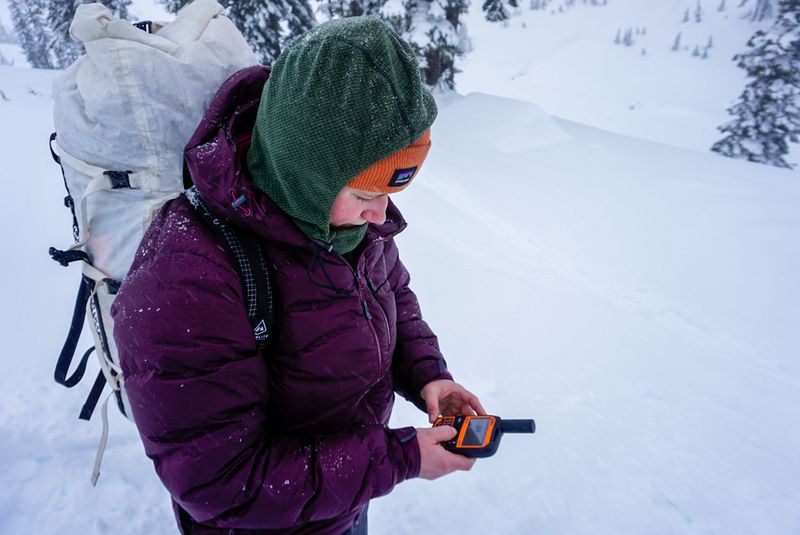
Arctic regions exist beyond cellular networks, creating communication voids that can prove fatal during emergencies. Modern satellite communicators provide two-way messaging, SOS functionality, and location tracking that works at any latitude.
Units like the Garmin inReach allow preset messages to be sent to emergency contacts along with your GPS coordinates. Battery performance is critical—look for devices tested in extreme cold with lithium batteries that resist power drain.
Some models integrate with smartphones for easier typing, but always carry the standalone unit within reach for immediate access.
Insulated Hydration System
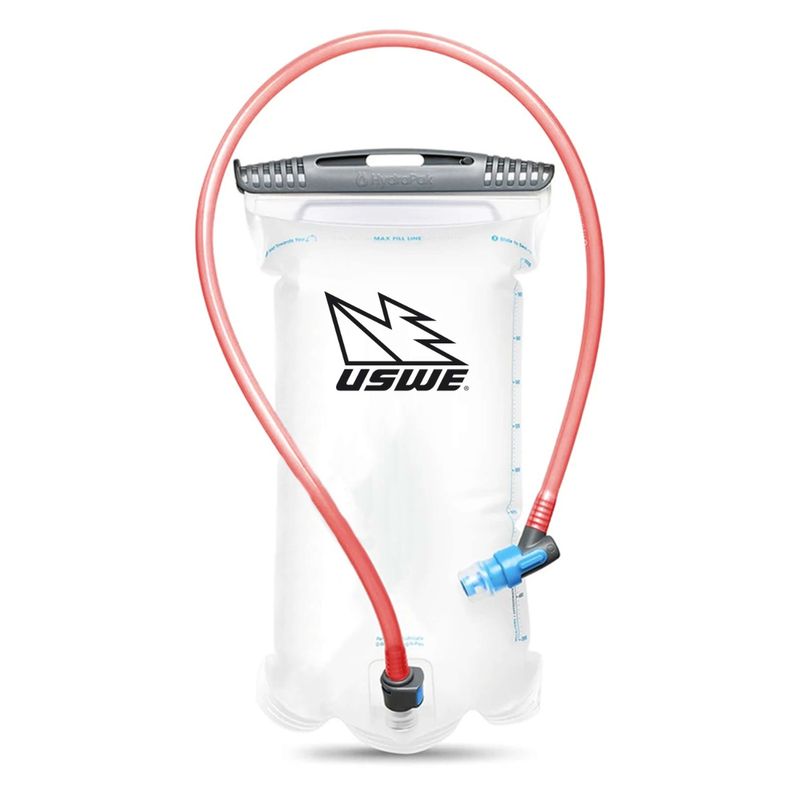
Dehydration accelerates hypothermia, yet standard water bottles freeze solid within hours in Arctic temperatures. Specialized insulated systems keep liquids flowing in extreme cold through combination approaches.
Wide-mouth vacuum bottles store hot liquids that can be consumed throughout the day. For active hydration, insulated tube systems with battery-heated elements prevent freezing at critical points.
Pro tip: Fill bottles with slightly warm (not hot) water and store them upside down—ice forms at the top first, so the cap area remains liquid longer when inverted.
Avalanche Safety Kit
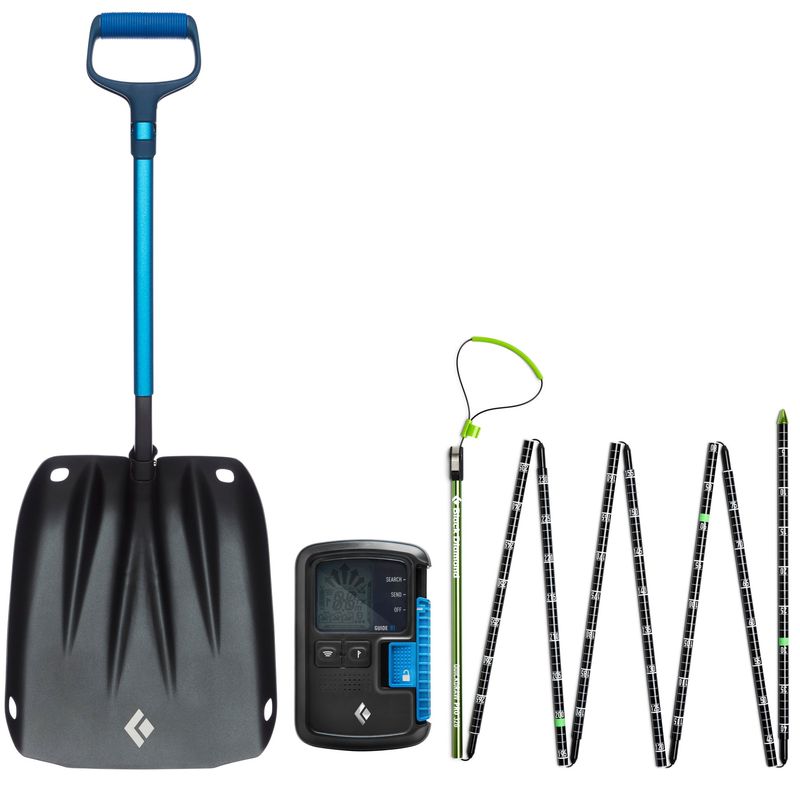
Many Arctic routes cross avalanche terrain where specialized safety equipment becomes essential. A complete kit includes a digital transceiver that both sends and receives emergency signals, a collapsible probe for pinpoint location, and a lightweight aluminum snow shovel.
Modern transceivers feature multiple antennas for precise directional guidance to buried victims. Practice using these tools regularly—when seconds count, fumbling with unfamiliar equipment costs lives.
Some backpacks now integrate avalanche airbags that deploy to increase buoyancy during slides, helping to keep the wearer near the surface.
Expedition Snowshoes
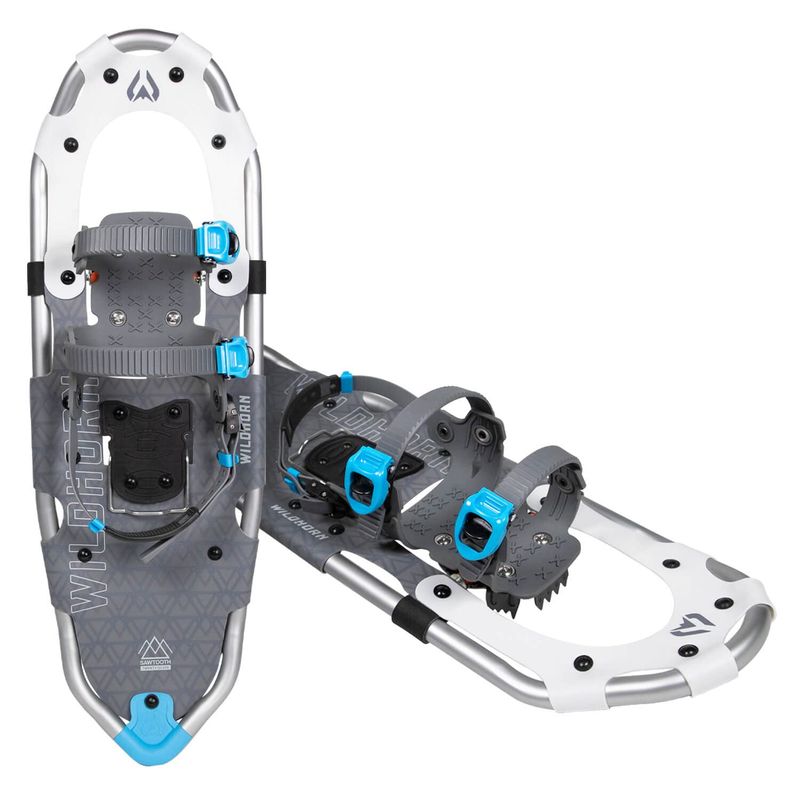
Breaking trail through deep Arctic powder requires specialized flotation beyond standard recreational snowshoes. Expedition models feature aggressive crampons underneath for traction on icy traverses and hardened frames that withstand extreme cold without becoming brittle.
The binding systems must accommodate bulky insulated boots while remaining adjustable with gloved hands. Look for models with heel lifts that reduce calf strain during steep ascents.
Modern materials like aircraft-grade aluminum keep weight manageable for long-distance travel while maintaining the surface area needed for proper flotation in varied snow conditions.
Cold-Weather Sleeping System
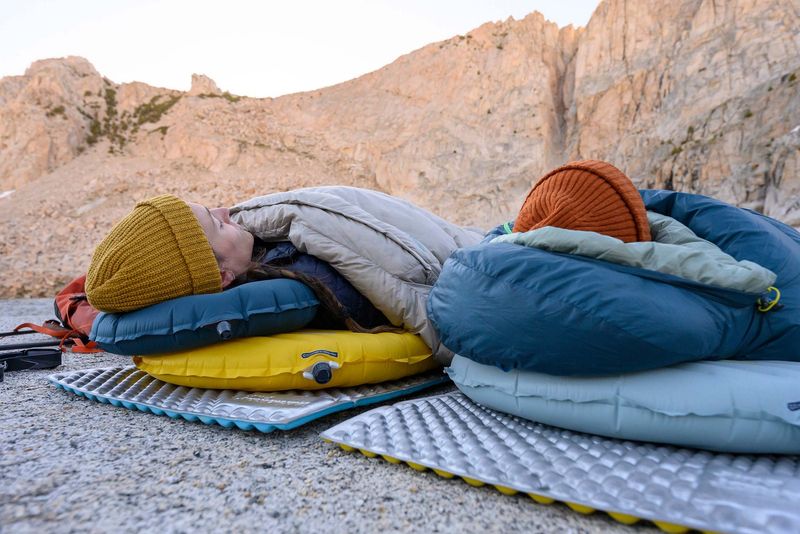
Arctic nights demand sleeping bags rated to at least -40°F with draft collars, insulated hoods, and full-length zippers protected by insulated baffles. Down fills with 800+ power provide superior warmth-to-weight ratios but must be protected from moisture.
Equally important is the sleeping pad system—a closed-cell foam base layer paired with an insulated inflatable pad creates crucial separation from the frozen ground. Combined R-values should exceed 8 for adequate insulation from the permafrost beneath your tent.
Many experienced Arctic travelers use vapor barrier liners inside their bags to prevent body moisture from degrading insulation.
Portable Stove System
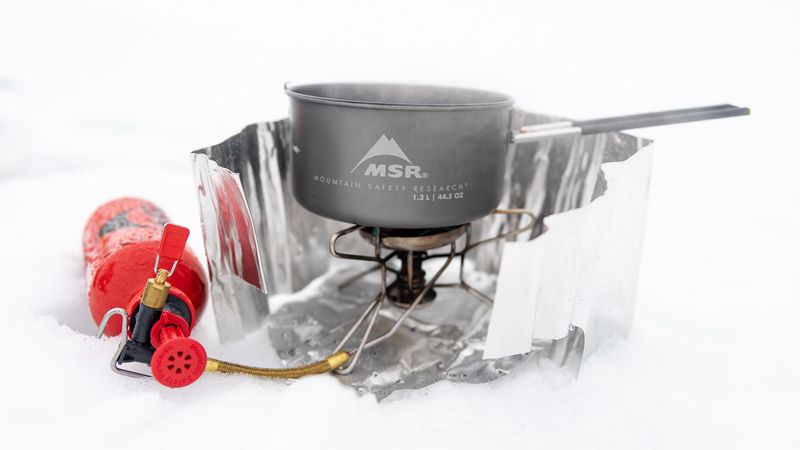
Melting snow for drinking water and preparing hot meals becomes a survival requirement, not a luxury, in Arctic environments. Liquid fuel stoves outperform canister models in extreme cold, with white gas systems functioning reliably to -40°F.
Look for models with pressure regulators, windscreens, and heat exchangers that maximize efficiency. The best systems include integrated pot stands with reflective heat shields to minimize fuel consumption.
Always carry repair kits and extra fuel—calculating needs based on 3x normal consumption rates accounts for the additional energy required to melt snow for water.
Arctic Navigation Tools
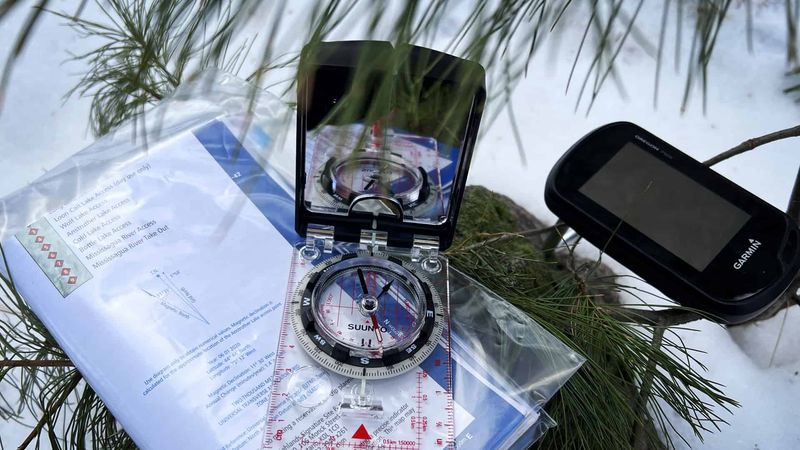
GPS devices fail. Batteries die. In the featureless white expanses of Arctic landscapes, redundant navigation becomes crucial for survival.
A proper kit includes a liquid-filled compass that resists freezing, detailed topographic maps protected in waterproof cases, and a GPS unit with replaceable lithium batteries. Some travelers add satellite imagery printouts showing terrain features that may be obscured by snow.
Practice taking bearings and identifying landmarks before departure—Arctic whiteout conditions can disorient even experienced navigators, making basic skills the difference between reaching safety and becoming permanently lost.
Emergency Shelter Kit
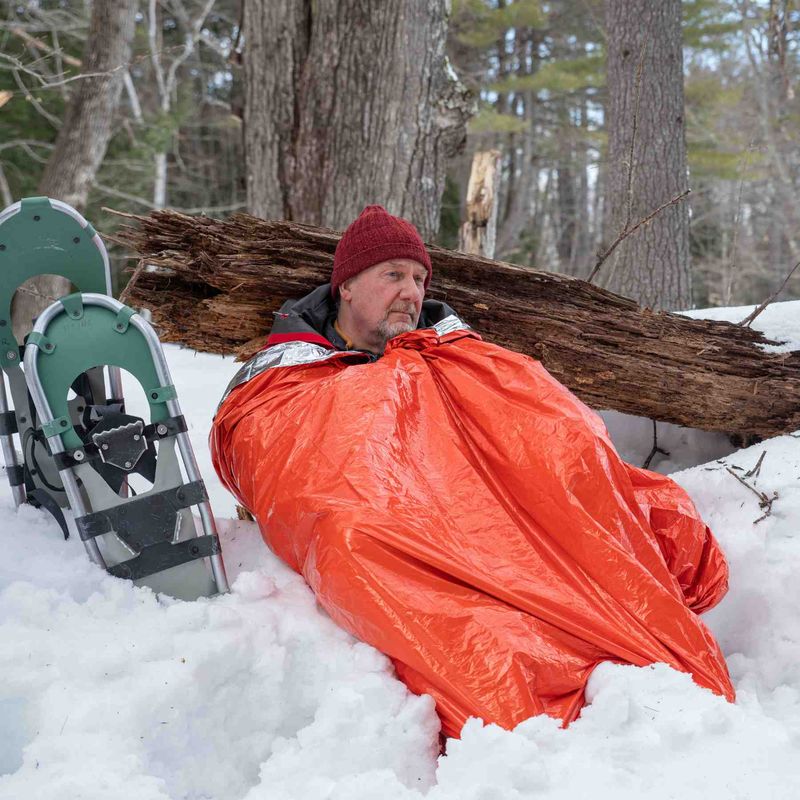
Sudden storms can trap hikers miles from camp, making portable emergency shelters potential lifesavers. Beyond standard space blankets, Arctic travelers should carry heat-reflective bivy sacks or lightweight snow shelter tools.
Specialized snow saws allow for quick construction of snow trenches or rudimentary igloos that provide surprising warmth through insulation. Ultralight tarps with reinforced tie points can create wind barriers when anchored with trekking poles and snow anchors.
Practice emergency shelter building in safe conditions before depending on these skills when exhausted, cold, and under pressure.

